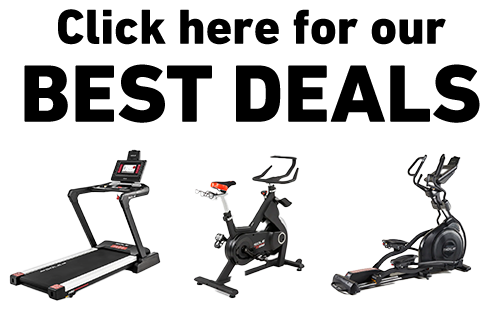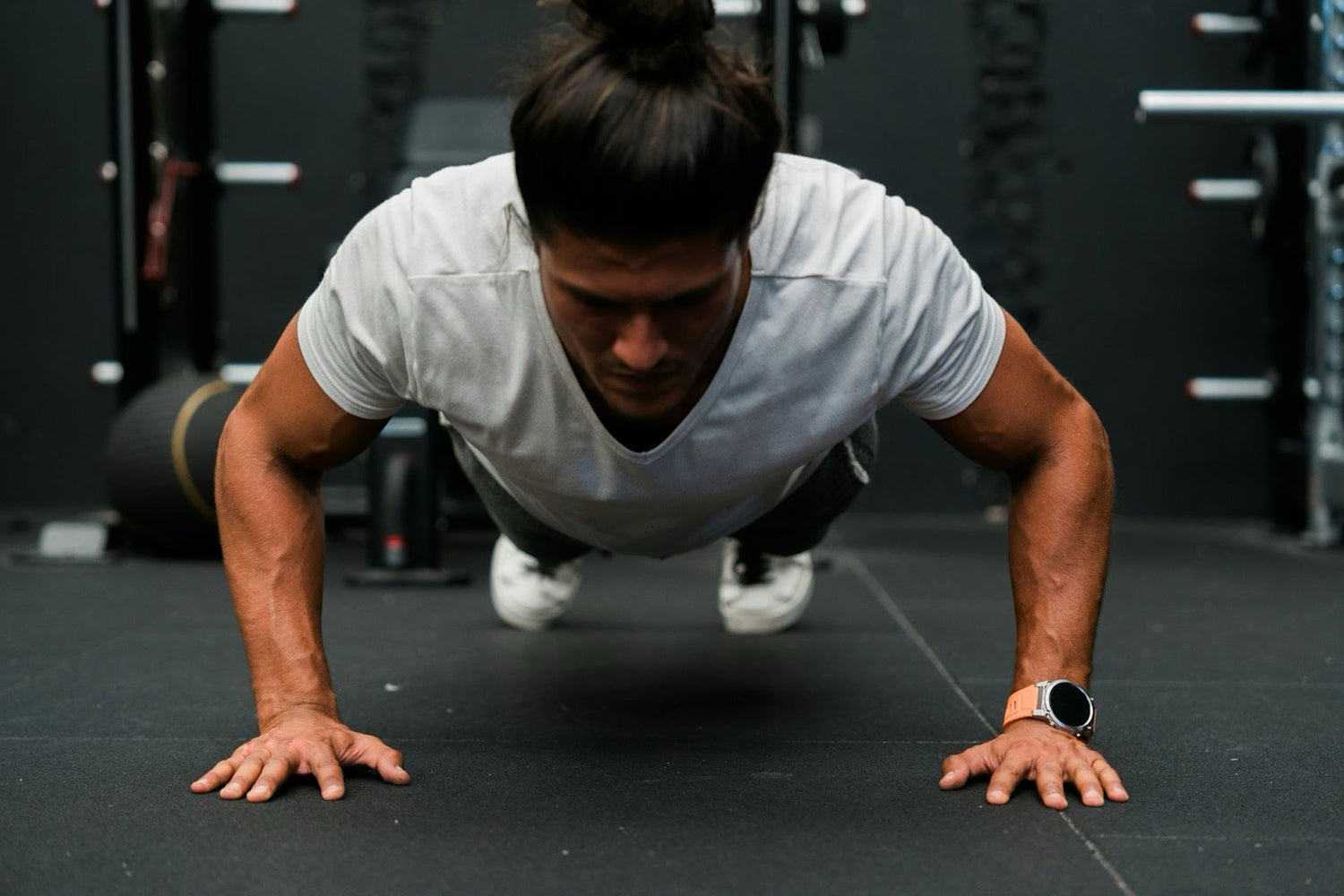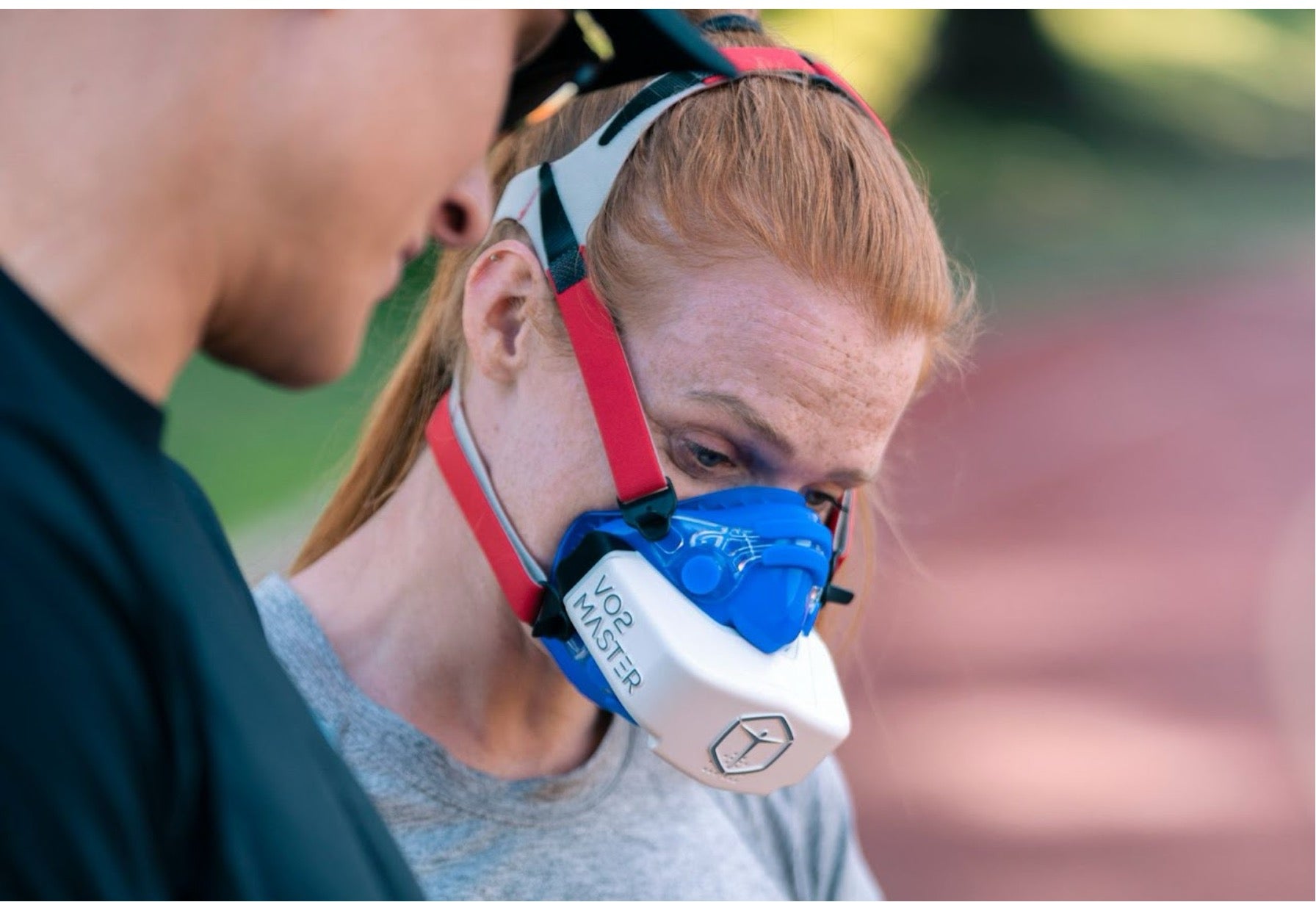Key Takeaways
- Push-ups, shoulder taps, and pike push-ups effectively target shoulder muscles.
- Proper form is a must to maximize results and prevent injuries.
- Incorporate a mix of exercises to work different parts of the shoulder.
- Stay consistent and increase difficulty to see improvements.
- SOLE's SW101 Dumbbells are great for shoulder workouts—and upper body workouts, in general.
Home Shoulder Workouts
Shoulder workouts improve your posture, reduce back and neck pain, improve your upper body strength, and go a long way in preventing injuries.
You should definitely be doing them at home—and we’re here to show you how!
|
At SOLE, we're proud to offer the best exercise equipment for your home or gym. Our machines are built to meet the highest quality and performance standards, making them perfect for fitness enthusiasts at any level. Featured Products SOLE Strength: Starting at $99.99, SOLE strength products such as adjustable dumbbells and stands, free weights, Olympic barbells, etc. are designed to promote functional strength and progressive muscle growth. |
1. Push-Ups
Push-ups are a classic exercise that works the chest, shoulders, triceps, and core. Pretty much everyone’s go-to exercise to build upper body strength without any equipment.
Push-ups primarily target the pectoral muscles, but they also engage the deltoids (shoulders) and triceps.
Proper Technique
- Start in a plank position with your hands shoulder-width apart.
- Keep your body in a straight line from head to heels.
- Lower your body by bending your elbows until your chest nearly touches the floor.
- Push back up to the starting position.
Maintaining a straight body line helps to make sure that your shoulders and core are engaged throughout the movement.
Common Mistakes to Avoid
- Letting your hips sag or rise—this can strain your lower back.
- Flaring your elbows out too wide leads to shoulder discomfort.
- Not lowering your body fully reduces the effectiveness of the exercise.
2. Shoulder Taps
Shoulder taps or plank-to-shoulder taps are a great bodyweight exercise that challenges your shoulder stability and core strength. Simple and effective way to build stamina and endurance.
Shoulder taps primarily target the deltoids and core muscles—but they also engage the stabilizing muscles in your arms and shoulders to improve balance and coordination.
Mistakes to Avoid
- Avoid letting your hips sway—keep them stable throughout the movement.
- Don’t rush through the taps—slow and controlled motions are more effective.
- Keep your hands directly under your shoulders to maintain proper alignment.
Proper Technique
- Begin in a high plank position, keeping your body straight and core engaged.
- Lift one hand to tap the opposite shoulder, maintaining balance without shifting your hips.
- Alternate sides, moving slowly to focus on stability and control.
Shoulder taps strengthen the core, improve posture, reduce back pain, and work the shoulders, arms, and back.
3. Pike Push-Ups
Pike push-ups are an advanced variation of the traditional push-up that places more emphasis on the shoulders. It essentially mimics the overhead press movement, and it’s an excellent choice for building shoulder strength at home.
The primary muscles targeted by pike push-ups are the deltoids, particularly the anterior (front) deltoids. Plus, you also engage the triceps and upper chest muscles.
Proper Technique
- Start in a downward dog position, with your hands shoulder-width apart and your feet hip-width apart.
- Keep your hips raised high, forming an inverted "V" shape with your body.
- Lower your head towards the floor by bending your elbows, keeping them slightly flared out.
- Push through your hands to return to the starting position.
Move your head in a straight line towards the ground, and focus on using your shoulder muscles to control the movement.
Common Mistakes to Avoid
- Letting your elbows flare too wide strains your shoulders.
- Dropping your hips too low reduces the effectiveness of the shoulder engagement.
- Not controlling the descent can lead to a loss of balance and form.
4. Lateral Raises
Unlike compound exercises, lateral raises focus on isolating the shoulder muscles for more precise muscle engagement and growth.
This is a lateral deltoid exercise—one that targets the muscles on the lateral wall of the shoulder. To a lesser extent, it somewhat engages the trapezius and upper back muscles which could help stabilize the shoulder joint during the movement.
Proper Technique
- Stand with your feet shoulder-width apart and hold a pair of dumbbells at your sides.
- Keep a slight bend in your elbows and raise the dumbbells to shoulder height, keeping your palms facing down.
- Pause at the top of the movement, then slowly lower the weights back to the starting position.
Lift with your shoulders, not your arms!
Common Mistakes to Avoid
- Using too much weight leads to swinging and improper form.
- Not controlling the descent reduces muscle engagement.
- Raising the weights above shoulder level can strain the shoulder joint.
Tips for Improving Your Home Workout
Equipment Alternatives
If you don't have traditional weights or equipment, get creative with household items—water bottles or canned goods can be used as dumbbells. A sturdy chair can be your bench for tricep dips.
Creating a Balanced Routine
A balanced workout routine should include a mix of strength training, cardio, HIIT training, and flexibility exercises. For shoulder workouts, incorporate exercises that target different parts of the shoulder, such as push-ups for the anterior deltoids and lateral raises for the lateral deltoids.
Weekly Workout Plan for Beginners
|
Day |
Workout Type |
Exercises |
|
Monday |
Shoulder Workout |
1. Push-Ups: 3 sets of 8-10 reps 2. Shoulder Taps: 3 sets of 10-12 reps (each side) 3. Pike Push-Ups: 3 sets of 6-8 reps 4. Lateral Raises: 3 sets of 10-12 reps 5. Shoulder Taps: 3 sets of 8-10 reps (each side) |
|
Tuesday |
Cardio Day |
30 minutes of moderate-intensity cardio (e.g., brisk walking, cycling, or jogging) |
|
Wednesday |
Shoulder Workout |
1. Push-Ups: 3 sets of 8-10 reps 2. Shoulder Taps: 3 sets of 10-12 reps (each side) 3. Pike Push-Ups: 3 sets of 6-8 reps 4. Lateral Raises: 3 sets of 10-12 reps 5. Shoulder Taps: 3 sets of 8-10 reps (each side) |
|
Thursday |
Rest Day |
Rest and recovery |
|
Friday |
Cardio Day |
30 minutes of moderate-intensity cardio (e.g., brisk walking, cycling, or jogging) |
|
Saturday |
Shoulder Workout |
1. Push-Ups: 3 sets of 8-10 reps 2. Shoulder Taps: 3 sets of 10-12 reps (each side) 3. Pike Push-Ups: 3 sets of 6-8 reps 4. Lateral Raises: 3 sets of 10-12 reps 5. Shoulder Taps: 3 sets of 8-10 reps (each side) |
|
Sunday |
Rest Day |
Rest and recovery |
Consistency and Progression
Work out at least three times a week, gradually increasing the intensity and volume of your workouts as you get stronger. Keep challenging yourself by adding more reps, sets, or resistance.
Rest and Recovery
Let your muscles recover—schedule rest days. Stretching and foam rolling can also help in recovery and prevent injuries. Most importantly, listen to your body. If you're feeling fatigued or experiencing pain, take a step back and allow yourself time to heal.
Build an Effective Workout Routine With SOLE Equipment
The SOLE SW101 Dumbbells have a knurled ergonomic handle for a secure grip and a rubber-coated hexagonal design to prevent rolling.
-
Start With SW101 Dumbbells: Use the fixed-weight SW101 Dumbbells to target specific muscle groups with precision—ideal for exercises like shoulder presses and Bulgarian split squats.
-
Maximize Results With the SOLE+ App: Access over 3,000 guided workouts through the SOLE+ App—with personalized routines and progress tracking.
- Form and Safety Made Easy: The knurled ergonomic handles and anti-roll hex design of the SW101 Dumbbells ensure a secure grip and stability for safe and effective workouts.
Ready to go next level? With a set of SOLE SW101 Dumbbells, you can start working on your upper and lower body from the comfort of your home!
Frequently Asked Questions
What are the benefits of shoulder exercises?
Shoulder exercises improve posture, increase strength, and prevent injuries—and you’ll look better.
How can I ensure proper form during exercises?
Focus on quality over quantity. Perform exercises slowly and deliberately, paying attention to your body's alignment and movement. You can also use a mirror or record yourself to check your form and make necessary adjustments.
How often should I do shoulder exercises?
Include shoulder exercises in your routine 2-3 times per week with 48 hours in between for recovery.
What equipment can I use to improve my shoulder workouts?
Our SOLE SW101 Dumbbells are an excellent choice—with weights ranging from 10 lbs to 40 lbs.




Leave a comment
This site is protected by hCaptcha and the hCaptcha Privacy Policy and Terms of Service apply.